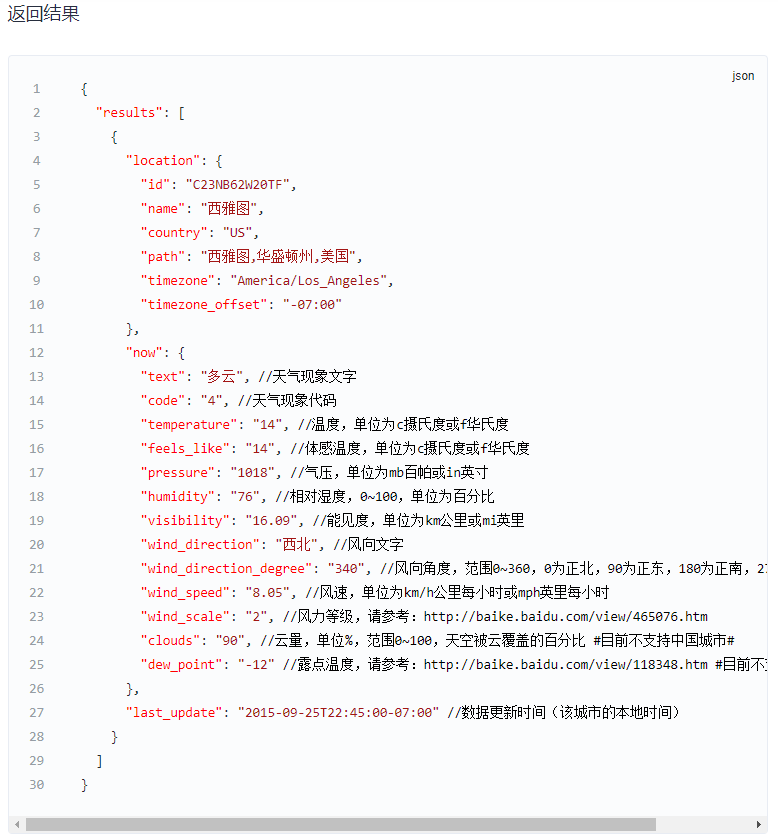

- #Kernel retrieve timeslice used full#
- #Kernel retrieve timeslice used code#
- #Kernel retrieve timeslice used windows#
#Kernel retrieve timeslice used windows#
Windows used non-preemptive scheduling up to Windows 3.x, and started using pre-emptive scheduling with Win95.Otherwise the system is said to be preemptive. Under these conditions, once a process starts running it keeps running, until it either voluntarily blocks or until it finishes. If scheduling takes place only under conditions 1 and 4, the system is said to be non-preemptive, or cooperative.For conditions 2 and 3 there is a choice - To either continue running the current process, or select a different one.For conditions 1 and 4 there is no choice - A new process must be selected.When a process switches from the waiting state to the ready state, say at completion of I/O or a return from wait( ).When a process switches from the running state to the ready state, for example in response to an interrupt.When a process switches from the running state to the waiting state, such as for an I/O request or invocation of the wait( ) system call.CPU scheduling decisions take place under one of four conditions:.There are several alternatives to choose from, as well as numerous adjustable parameters for each algorithm, which is the basic subject of this entire chapter. The storage structure for the ready queue and the algorithm used to select the next process are not necessarily a FIFO queue.the short-term scheduler ) to select another process from the ready queue to run next. Whenever the CPU becomes idle, it is the job of the CPU Scheduler ( a.k.a.CPU bursts vary from process to process, and from program to program, but an extensive study shows frequency patterns similar to that shown in Figure 6.2:įigure 6.2 - Histogram of CPU-burst durations.


A CPU burst of performing calculations, and.Almost all processes alternate between two states in a continuing cycle, as shown in Figure 6.1 below :.The challenge is to make the overall system as "efficient" and "fair" as possible, subject to varying and often dynamic conditions, and where "efficient" and "fair" are somewhat subjective terms, often subject to shifting priority policies.
#Kernel retrieve timeslice used full#
A scheduling system allows one process to use the CPU while another is waiting for I/O, thereby making full use of otherwise lost CPU cycles.In a simple system running a single process, the time spent waiting for I/O is wasted, and those CPU cycles are lost forever.( Even a simple fetch from memory takes a long time relative to CPU speeds. ) Almost all programs have some alternating cycle of CPU number crunching and waiting for I/O of some kind.Abraham Silberschatz, Greg Gagne, and Peter Baer Galvin, "Operating System Concepts, Ninth Edition ", Chapter 6.


 0 kommentar(er)
0 kommentar(er)
